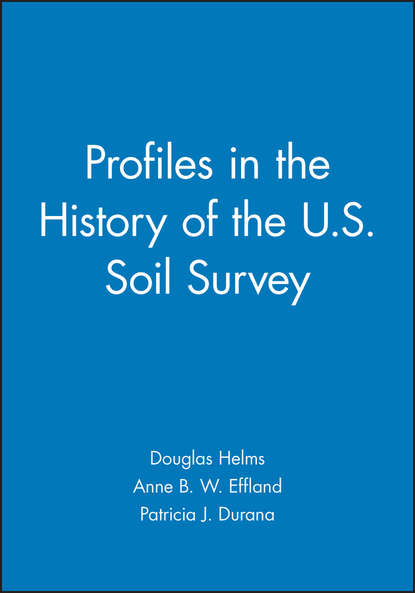Книга "The Forests Handbook, Volume 2" - это часть серии книг, посвященных вопросам сохранения и управления лесами в условиях изменения климата и угрозы вырубки лесов. Авторы книги, состоящие из ученых и практиков со всего мира, представляют интегрированный подход к лесам и лесному хозяйству, основанный на научном понимании лесов и их экосистем, а также на лучших практиках управления лесами.
Второй том книги ориентирован на конкретные меры по сохранению лесов, рассматривает вопросы вмешательства в леса и их воздействия на окружающую среду, принципы охраны лесов и то, как мы можем лучше использовать огромные преимущества, которые они предоставляют. Книга содержит примеры из разных стран, которые используются для иллюстрации ключевых моментов.
Книга представляет ценный и всеобъемлющий обзор лесоводства и лесной науки для специалистов по развитию, управлению лесами и землепользованию. Она также будет полезна и доступна исследователям и студентам лесного хозяйства, биологии, экологии и географии.
Электронная Книга «The Forests Handbook, Volume 2» написана автором Julian Evans в году.
Минимальный возраст читателя: 0
Язык: Английский
ISBN: 9780470756836
Описание книги от Julian Evans
The future of the world's forests is at the forefront of environmental debate. Rising concerns over the effects of deforestation and climate change are highlighting the need both to conserve and manage existing forests and woodland through sustainable forestry practices. The Forests Handbook, written by an international team of both scientists and practitioners, presents an integrated approach to forests and forestry, applying our present understanding of forest science to management practices, as a basis for achieving sustainability. Volume One presents an overview of the world's forests; their locations and what they are like, the science of how they operate as complex ecosystems and how they interact with their environment. Volume Two applies this science to reality; it focuses on forestry interventions and their impact, the principles governing how to protect forests and on how we can better harness the enormous benefits forests offer. Case studies are drawn from several different countries and are used to illustrate the key points. Development specialists, forest managers and those involved with land and land-use will find this handbook a valuable and comprehensive overview of forest science and forestry practice. Researchers and students of forestry, biology, ecology and geography will find it equally accessible and useful.



















